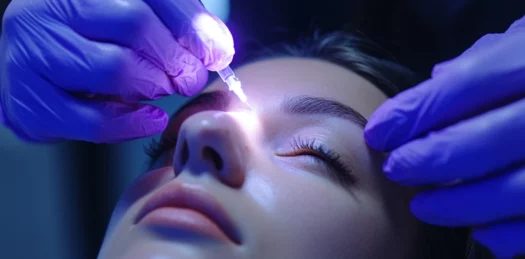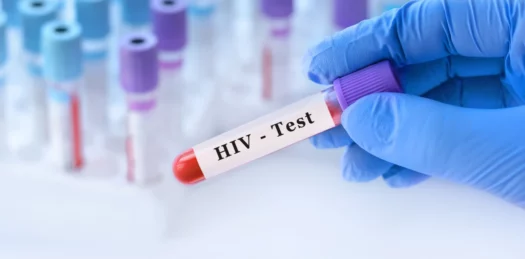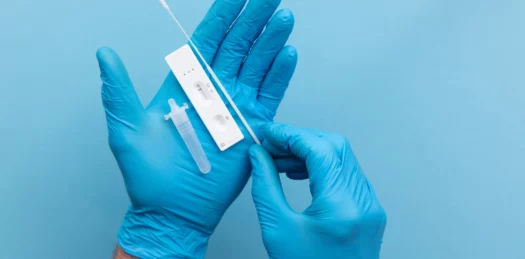In September 2025, version 4 of the MDCG Borderline Manual was published. It provides guidance on products on the borderline between MDR and other legislation (e.g. medicinal products, biocides, cosmetics).
Why is it important?
Qualification as a medical device has far-reaching consequences:
- defines the conformity assessment route,
- determines the scope of technical documentation,
- dictates whether a clinical evaluation (MDR art. 61, Annex XIV) is required,
- identifies whether the product falls under a Notified Body or another regulator.
A wrong decision can delay market entry or even lead to product withdrawal.
New borderline examples
The 2025 edition introduces new case studies:
- a SARS-CoV-2 neutralising antibody spray – borderline between medicinal product and preventive device,
- a graphite crucible used in imaging diagnostics – device vs accessory discussion,
- mobile diagnostic apps – lifestyle software vs Medical Device Software (MDSW).
Each case is explained with reference to MDR Article 2 definitions.
Use of MDR Annex VIII rules
The manual applies Annex VIII MDR classification rules:
- Rule 11 (software) illustrated with detailed examples,
- new clarifications for dentistry and dermatology products, including those with nanomaterials,
- further guidance for Annex XVI non-medical purpose devices, e.g. cosmetic contact lenses.
Impact on stakeholders
- Manufacturers – guidance reduces regulatory strategy risks,
- Notified Bodies – harmonised interpretation across Member States,
- Competent Authorities – reference tool for dispute resolution.
Borderline with other frameworks
The manual discusses cases between:
- medicinal products vs medical devices (e.g. irrigation solutions),
- cosmetics vs medical devices (e.g. creams for atopic dermatitis),
- biocides vs medical devices (e.g. disinfectants for medical surfaces).
The decisive criterion remains the principal mode of action: pharmacological = medicinal product, mechanical = device.
Recommendations for industry
Manufacturers should:
- document qualification analysis at the design stage,
- integrate results into Annex II MDR technical documentation,
- consult Notified Bodies/Authorities in case of doubt,
- monitor future manual updates.
Conclusion
The Borderline Manual 2025 strengthens consistency across the EU. It is a non-binding but indispensable tool that accelerates conformity assessment and reduces regulatory risks. Most importantly, it supports MDR’s primary objective: ensuring patient and user safety through correct qualification and classification.









